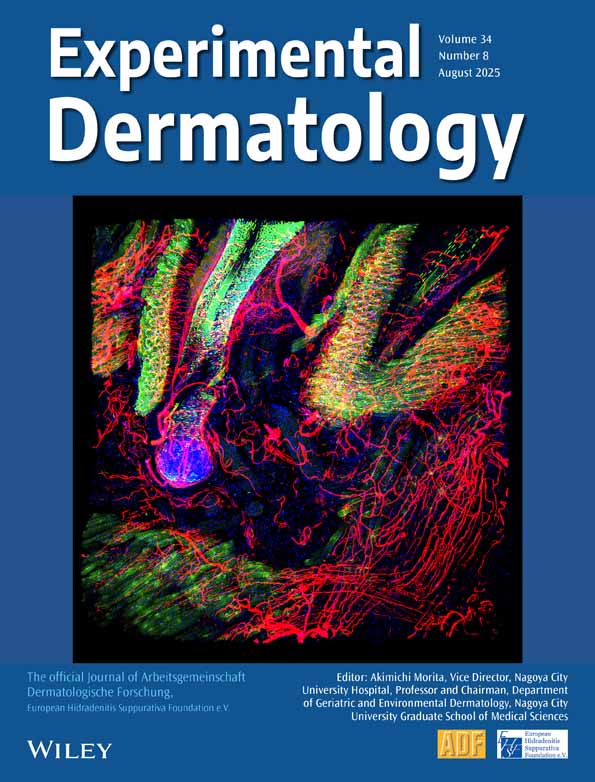Proteinase-activated receptor-2 mediates itch: a novel pathway for pruritus in human skin
Abstract
Proteinase-activated receptors are G-protein-coupled receptors with seven-transmembrane domains activated by serine proteinases. PAR-2 is a receptor for mast cell tryptase, house dust mite allergens, bacterial antigens and trypsin, for example, indicating a role of PAR-2 during inflammation and immune responses. In the skin, PAR-2 is expressed by keratinocytes, endothelial cells, certain immune cells and nerves, suggesting a broad regulatory role of proteases in the skin. Recently, PAR-2 has been demonstrated to be involved in neurogenic inflammation. Therefore, we examined whether neuronal PAR-2 may be involved in pruritus of human skin. The endogenous PAR-2 agonist tryptase was increased up to fourfold in atopic dermatitis (AD) patients. PAR-2 was markedly enhanced on primary afferent nerve fibres in skin biopsies of AD patients. Intracutaneous injection of endogenous PAR-2 agonists provoked enhanced and prolonged itch when applied intralesionally. Interestingly, itch upon mast cell degranulation prevailed despite local antihistamines in AD patients only. Thus, we identified enhanced PAR-2 signalling as a new link between inflammatory and sensory phenomena in AD patients. PAR-2 antagonists, thus, represent a promising therapeutic target for the treatment of cutaneous neurogenic inflammation and pruritus.




